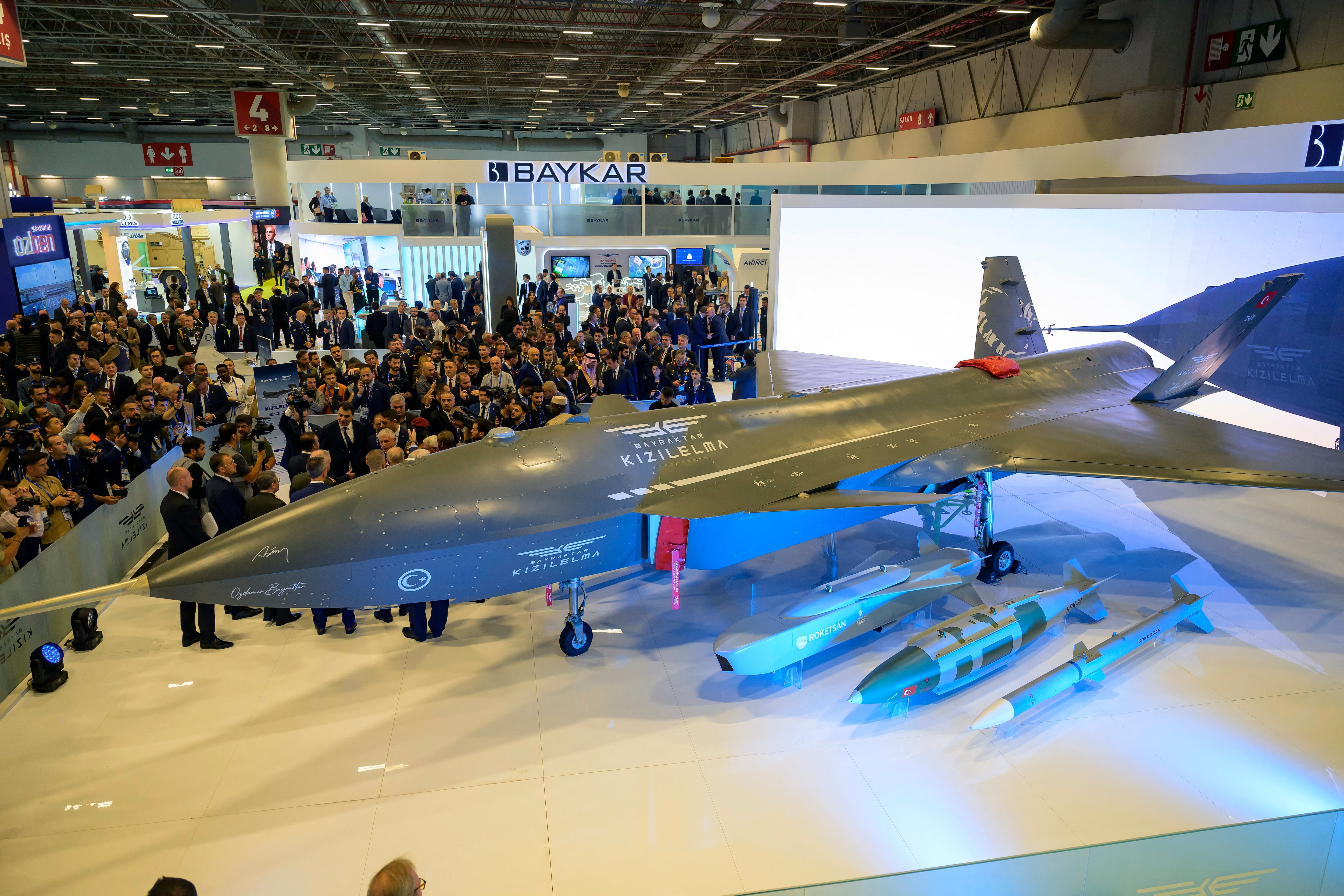ST. LOUIS, Mo. — The National Geospatial-Intelligence Agency has a new strategy for tackling the torrent of data pouring into the organization from all over the world, and it relies on automation, artificial intelligence and improving access to information.
NGA is the U.S. intelligence community’s go-to agency for processing and analyzing satellite imagery. It transforms sensor data collected by the National Reconnaissance Office, among other government and military entities, into usable intelligence products.
But the environment is quickly changing. Simply put, the agency faces an unprecedented amount of data from new satellite sources.
Dozens of commercial providers have created entire constellations of sensors that can feed data to the government, while within the Defense Department, organizations are developing or discussing entirely new constellations of imagery satellites to fulfill the needs of joint war fighters.
“The growth in GEOINT data from government and commercial sources here and around the world is staggering. This exponential growth in data leads us to one of our biggest challenges: managing all of the data,” Vice Adm. Robert Sharp, director of NGA, said Wednesday at the 2021 GEOINT Symposium in St. Louis, Missouri.
To that end, NGA has released a new data strategy to guide its efforts to develop the technologies and methods needed to effectively process the never-ending stream of information, and deliver useful intelligence to the intel community, the military and policymakers.
“Its goal is to make data easily accessible, improve its reusability and improve cross-domain efficiencies. We have to treat data as a strategic asset. Everyone needs to recognize that it’s a major component of enabling our mission,” Sharp said. “So our objective is to create, manage and securely share trusted data with the speed, accuracy and precision that our customers’ missions demand.”
Sharp outlined the four major focus areas guiding its data investments:
- “First, we have to have data that can be intuitively discovered, easily accessed and responsibly shared with those who need it.”
- “Second, we have to improve data assets so that they can be easily reused for both anticipated and unanticipated purposes.”
- “Third, our customers and workforce have to be able to efficiently find data across different security domains.”
- “And lastly, we need artificial intelligence and machine learning to enhance our production capacity.”
The director emphasized that AI and machine learning is a huge focus for the agency right now. As NGA officials previously noted, the amount of data fed to the agency today is simply too massive for human analysts to process alone. To fulfill its mission, the agency needs to automate much of the analysts’ jobs with machine learning so humans can focus on the more difficult problems.
Part of the strategy is driven by the needs of the Defense Department as it develops Joint All-Domain Command and Control, a war-fighting concept that seeks to connect every sensor to any shooter, using AI to deliver targeting and response recommendations to troops in seconds. It’s a process that has cut down the time from sensing a threat to firing on it from 20 minutes to just 20 seconds in demonstrations.
Key to those efforts are AI programs like the Army’s Prometheus, which can automatically detect threats from satellite imagery, and FIRESTORM, which takes those threats and instantly provides response recommendations to commanders.
“The services and joint war fighters are already experimenting with automated decision support in support of future joint war-fighting concepts. The war fighters are challenging us to get machines to understand where that data needs to go, how fast it needs to go, what format it needs to be in, and driving it across the infrastructure like a smart content delivery network. That’s where we need to go,” Sharp said.
Nathan Strout covers space, unmanned and intelligence systems for C4ISRNET.








